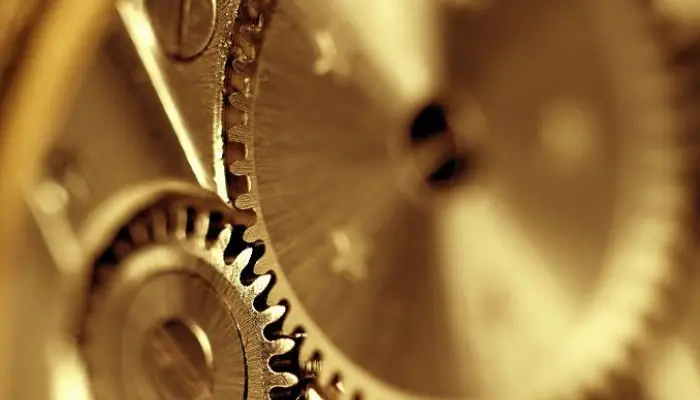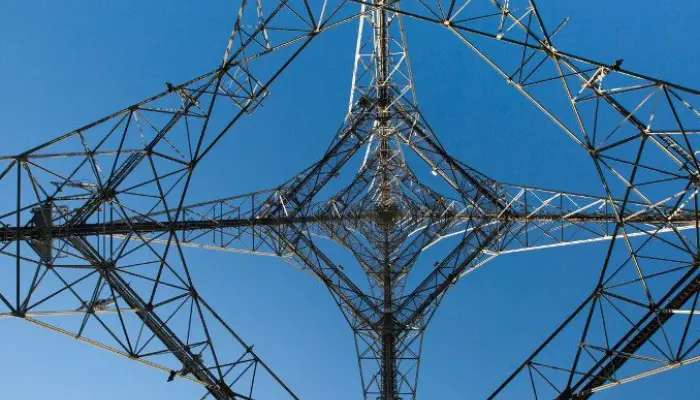Our extensive DTT network is made up of many stations, each of which serves a specific geographic area of the country.
At the heart of the network are our 80 main stations, each of which transmits the six main digital multiplexes; three for public service broadcasting (operated by the BBC and D3&4) and three commercial multiplexes (operated by Arqiva and SDN). Local TV and two additional commercial multiplexes are also transmitted from selected main stations.
These main stations provide the majority of our extensive DTT coverage, but they’re not enough by themselves. In hard-to-reach parts of the UK, we rely on smaller relay stations to fill in the gaps and provide DTT to as many communities as possible.
The workings of a relay
At the vast majority of relays, the signal transmitted from a nearby main station is received off-air (in a similar way to your aerial at home) and then re-transmitted on a different frequency. This extends service coverage for PSB services to viewers who cannot receive service directly from the main station.
For a number of relays off- air reception from a main station may not be possible and, under these circumstances, affected relays receive their programme feed either via a microwave link or direct link over a fibre connection.
This system architecture – main stations each with their own constellation of relays – has been used in the UK since the start of terrestrial television and was extensive modified during 2008 to 2012 to provide a full digital television network.
Where and why we use relay stations
The main stations cover over 90% of the country but the relays play a crucial role in extending coverage for PSB services to viewers who cannot receive service directly from a main station. Relays are used extensively in areas where hills and valleys lead to a situation where towns and villages do not have direct ‘line of sight’ to nearby main stations.
Relays and the Clearance programme
We’re currently in the midst of the 700MHz Clearance Programme, which involves the retuning of digital terrestrial TV multiplexes at over 80% of transmitter sites (main stations and relays). The spectrum used for DTT services is in the UHF (Ultra High Frequency) band and can be thought of as consisting of channel slots – each of which is capable of carrying a single DTT multiplex – and these slots are numbered from channel 21 to channel 60. 700MHz Clearance required DTT multiplexes to be removed from channels 49 to 60 from the to make room for spectrum to be repurposed for 4G and 5G wireless services.
These changes in transmission frequencies require modifications to infrastructure and all affected stations and the potential impact on the overall operation of the network needs to be considered.
To find out how we’re ‘filling in the gaps’ and the special considerations we’re having to make with relays when undertaking the Clearance programme here.
Views

700MHz Clearance: A focus on airworks

What is 700MHz Clearance?

Finding an innovative solution to help clear the 700MHz band – The ‘broadband’ antenna
